One of the first really cool “facts” I discovered during my early LeBlond research was a Robert Le Blond who purportedly traveled with William the Conqueror, during the latter’s invasion of England in 1066. I immediately claimed him as an ancestor, despite a complete lack of proven lineage, based on my long line of eleven or so Robert LeBlonds who stretch back in time to 17th century France.
The name appeared on an engraved stone plaque in the Eglise Notre Dame church at Dives-sur-Mer, Normandy, France, where William the Conqueror and his knights said mass before setting sail to invade England in 1066. It lists all the knights who took part in the invasion. “Robert le Blond” appears at the right middle side. Interestingly, the names were ordered by first name, not by surname. A photo appears below.
Upon applying some critical thinking skills, which are often scarce among newbie genealogists, some problems are apparent. Obviously the plaque was erected after the battle, perhaps even hundreds of years later. Indeed, this is the case.
The original chapel was built in the 11th century and was a small, Romanesque style building. It was enlarged in the 14th and 15th centuries, damaged during the Huguenot uprisings in the 16th century, and rebuilt in a Gothic style, as seen below.
The plaque was installed above the main entrance pediment by archaeologist and historian Arcisse de Caumont (1801–1873) and historian Léopold Victor Delisle (1826–1910) in 1866, a full eight centuries after the event. Where did Caumont and Delisle get the list? They consulted records compiled from the Domesday book and other authentic sources.
The Domesday Book
The Domesday Book was a manuscript record of the “Great Survey” of much of England and parts of Wales completed in 1086 by order of King William the Conqueror. It was a type of early census, consisting of names of men who lived throughout England, their land holdings, and their value, whose main purpose was to determine what taxes had been owed during the reign of King Edward the Confessor.
Robert Blond appeared as Robertus Flavus of Wiltshire.
While the Domesday Book is considered to be an invaluable primary source for modern historians, some later sources have been dismissed by historians as inaccurate. Such is the case of the Battle Abbey Rolls.
The Battle Abbey Rolls
In the years following the invasion of England and subsequent Battle of Hastings, various lists were compiled of commanders and men of importance who followed William the Conqueror and were present at the battle. The lists were copied, changed, and added to over the centuries; thus, differences exist. Today the combined lists have become known as the “Battle Abbey Rolls” named for one that reportedly hung at the Battle Abbey in England, built on the grounds where the Battle of Hastings took place.
From Wikipedia: “In 1070, Pope Alexander II ordered the Normans to do penance for killing so many people during their conquest of England. In response, William the Conqueror vowed to build an abbey where the Battle of Hastings had taken place, with the high altar of its church on the supposed spot where King Harold fell in that battle on Saturday, 14 October 1066. …William died before it was completed. Its church was finished in about 1094 and consecrated during the reign of his son William known as Rufus. It was remodeled in the late 13th century but virtually destroyed during the Dissolution of the Monasteries in 1538 under King Henry VIII.”
Robert LeBlond appears on the Battle Abbey Rolls.
The Falaise Roll
The most recent roll was produced by the French government in 1931 and installed at the Château de Falaise in Normandy, France. William the Conqueror, the son of Duke Robert of Normandy, was born at an earlier castle on the same site in about 1028. This list consists of a bronze plaque with 315 names, based on the Roman de Rou and one of the Battle Abbey Rolls. Additional names were apparently added later, and the complete list can be seen at the Falaise Town Hall.
Robert LeBlond appears on this list also.
Robert LeBlond, My Ancestor?
In William the Conqueror’s home town, Bayeux, the exploits of the Conqueror were painstakingly documented on the Bayeux Tapestry, a 225-foot long embroidery of wool on linen, dating from 1067. Its 58 panels provide an 11th century record of Norman life and weaponry. Robert LeBlond undoubtedly lived during this era and certainly seems to have been a part of William the Conqueror’s retinue.
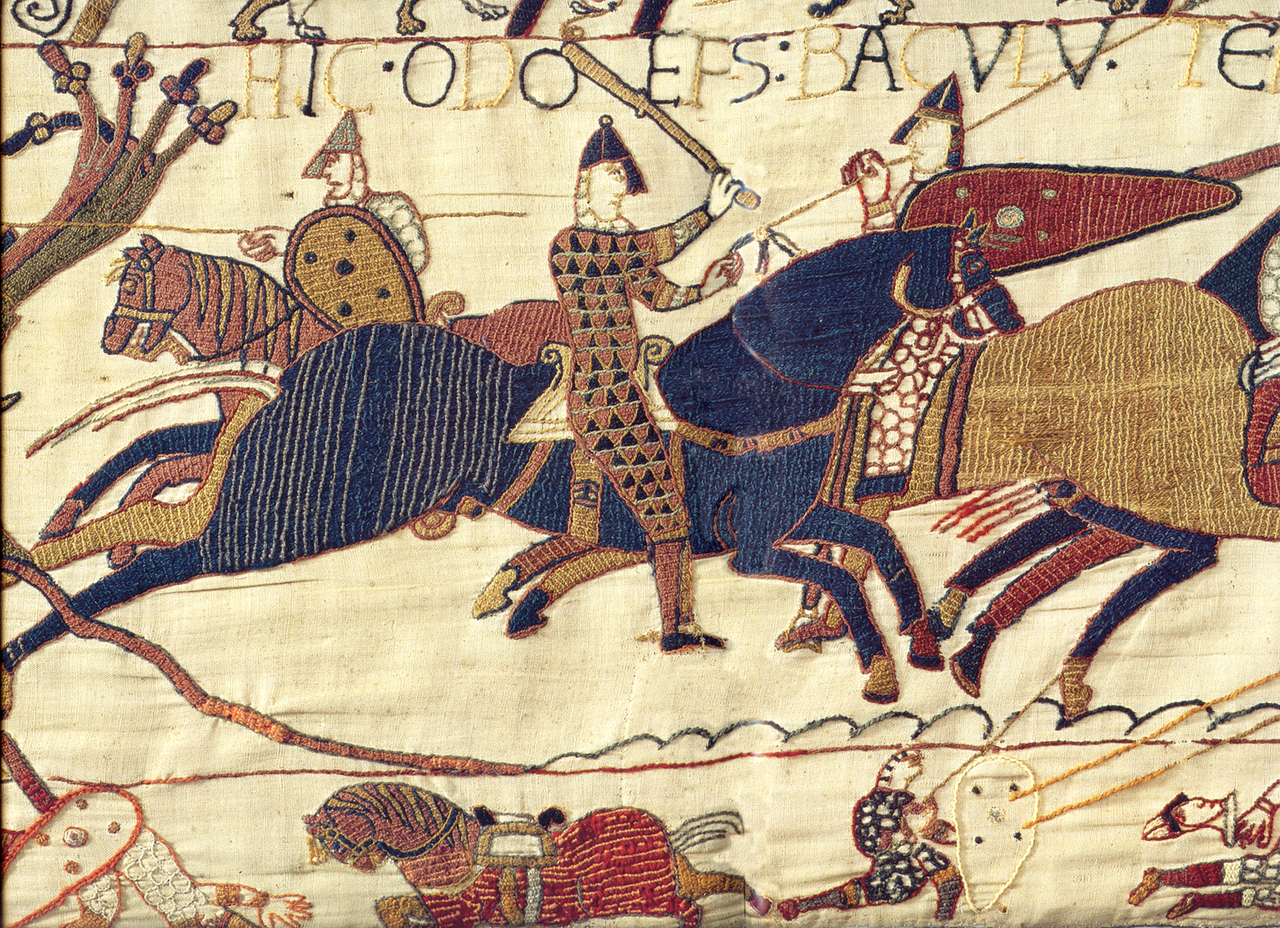
A segment of the Bayeux Tapestry depicting Odo, Bishop of Bayeux, rallying Duke William’s troops during the Battle of Hastings in 1066.
So was this Robert LeBlond my ancestor? Who knows? Probably not. He evidently settled in England after the 1066 invasion and was known by the name “Blunt,” while my line of LeBlonds moved from France to England in the 1600’s. Perhaps this Robert or his children returned to France to continue the LeBlond line there. However, there must have been numerous Roberts in France with light colored hair who took the surname “Le Blond.” Our LeBlonds could have come from any of them. Or none.
Sources
- The Conqueror and His Companions – by J.R. Planché, Somerset Herald. London: Tinsley Brothers, 1874.
- Open Domesday Book – a free online copy of the Domesday Book.
- The Battle Abbey roll, with some account of the Norman lineages, The Duchess of Cleveland (London: John Murray, Albemarle Street, 1889)
- The Battle Abbey Roll Timekeeper
- Companions of William the Conqueror
- Falaise Roll Recording the Companions of William Duke of Normandy at the Conquest of England
- Camp, Anthony J. My Ancestors Came With the Conqueror: those who did and some of those who probably did not. Society of Genealogists, 1990, pp89. Robert is listed on page 33 of this book: “Ro(d)bertus Blon/Blondus/Blundus”
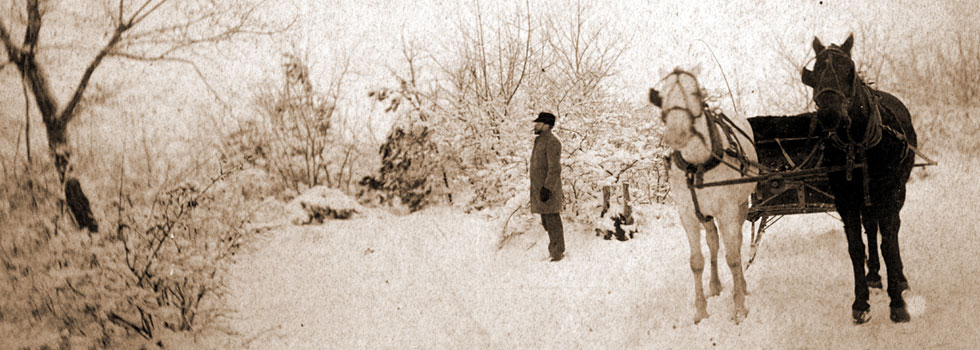
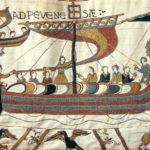
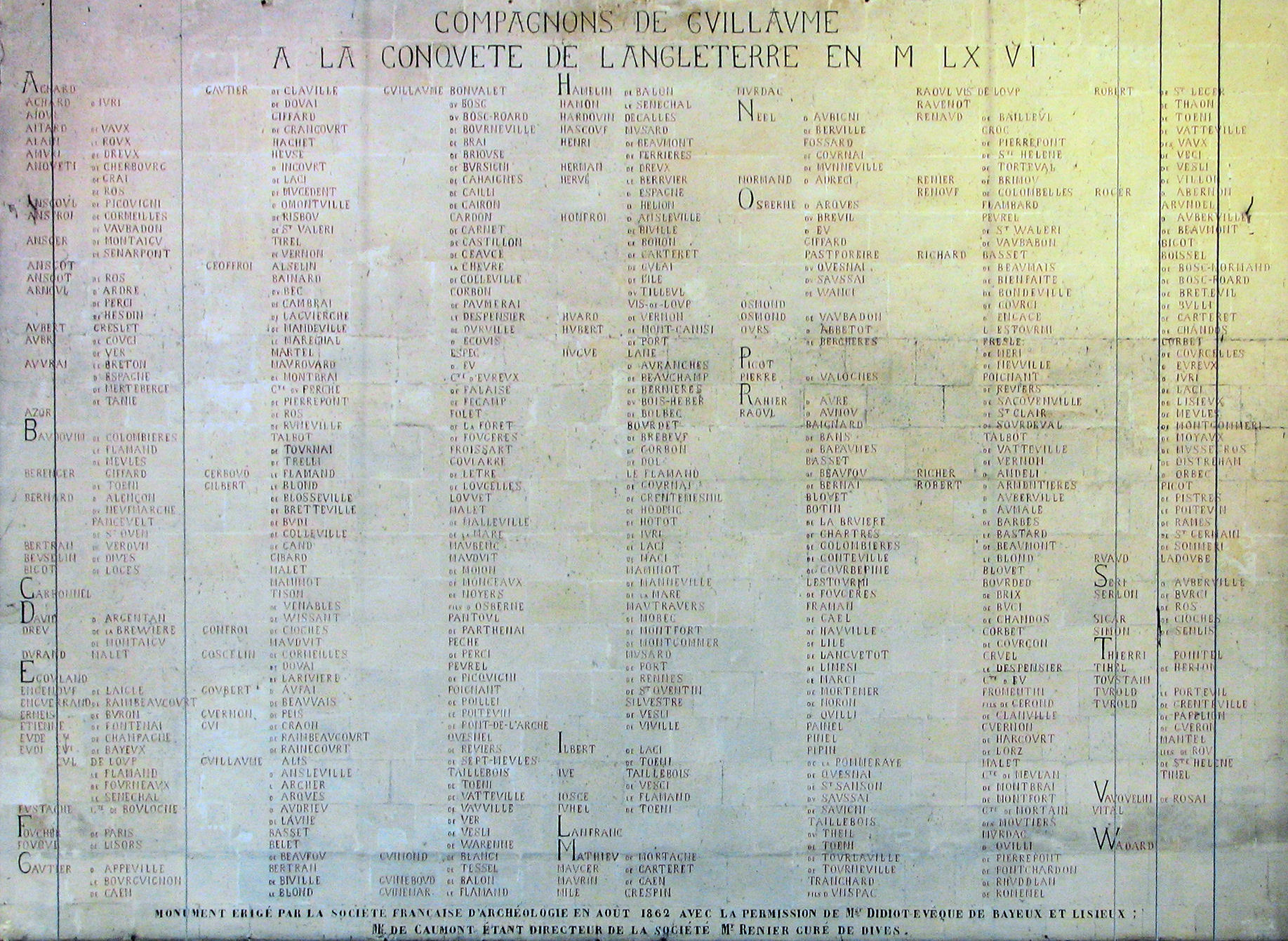
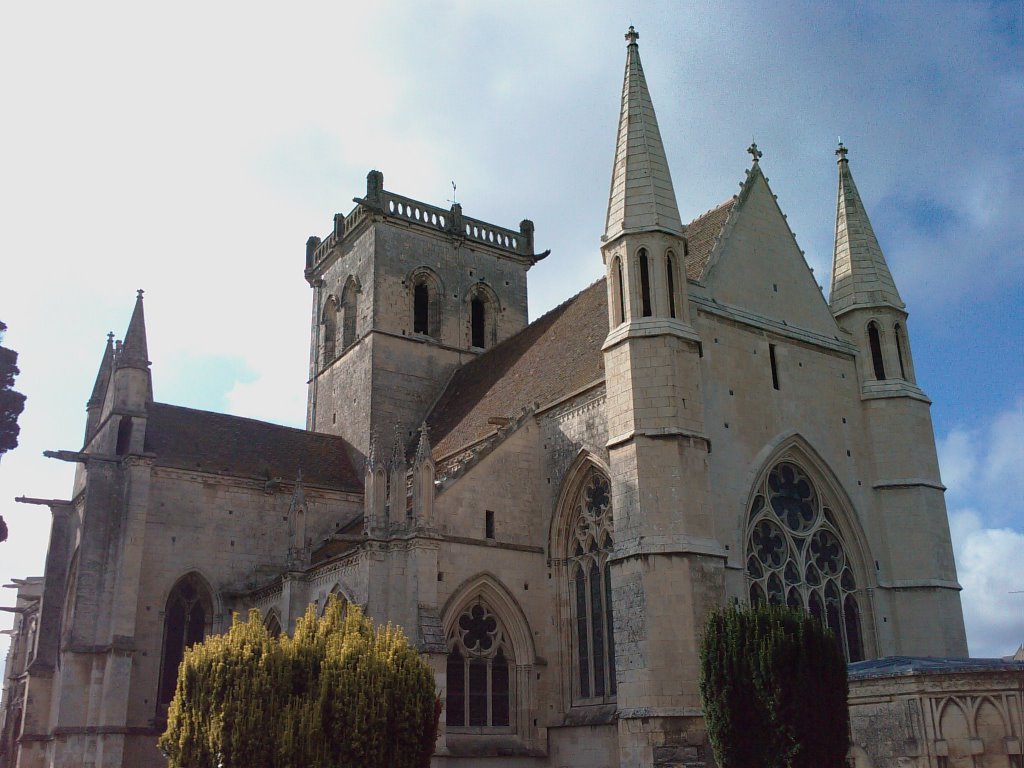


hi , Im researching my family tree the “Clayton’s”
Im wondering if this is my Robert ?
Robert De Caudebec . he came over to England with William the Conqueror and fought in the battle of hastings . For his service he was awarded the land of “Clayton” in England.
He had 3 sons ; William , Robert and John .
I look forward to your reply ,
Many Thanks ,
Amanda